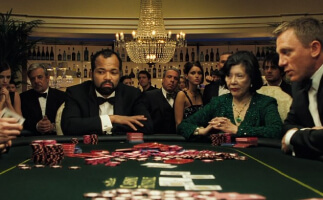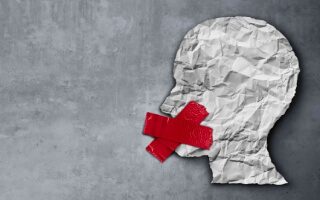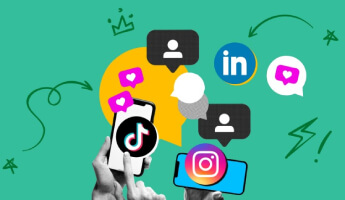Various human societies have observed the ways of life, habits, and behaviours that form part of their perception of the world. This cannot be explained by historical materialism alone because these perspectives are important for understanding social change. In minimal regime contexts, it could occur during times of change, but none typically include lifestyles and culture. It defines and characterises modern life through habits, fads, and values-the broadest view of landscapes that provides insight into the dimensions of interactions across generations, places, and cultures.
Cultural Trends

Culture has always been receptive to change. It responds to technology, politics, migration, or even weather shifts—what took decades to evolve before can now transform in months, often at the touch of a viral post or a new social movement. In between are hybrid identities, caught critically between international influences and local roots. Therefore, how they dress-not to mention what they listen to-becomes as significant in a broader context as how they speak or mobilise familial ties.
There are also movements among certain groups looking back to past customs, those remnants all but disappearing. It is not necessarily nostalgia-seeming to be for it—but rather a response to the disorientation that one might feel as they hurtle through a fast-paced world. Cultural heritage-the rituals, foods, dialects, or languages that have survived through time—may be transformed to serve new needs, but it always provides a foundation.
Lifestyle as a Statement
The modern lifestyle extends far beyond comfort in daily routines, resembling more an aspect of individual identity. People now define themselves through what they eat, their work, clothing choices, and, of course, the hours spent online. Whether it is wellness culture, eco-awareness, or minimalist design, lifestyle preferences are unique, often expressed through signals that reflect values like sustainability, autonomy, or mental health awareness.
However, this shift has also blurred the line between personal and public life. Many aspects of people’s lives unfold online, making it appear that lifestyle choices are often performed, curated, and monetised. Decisions made in digital spaces become content on social media, transforming daily choices into posts; opinion leaders influence what is seen as desirable or aspirational. This can inspire, but also distort perception. It may appear authentic on a stage, but how much of that authenticity is real?
Living Through Cultural Change

At its core, culture is how people make meaning out of the world, whereas lifestyle is how they live it. Neither exists in isolation. Both are shaped by history and choice, and they are constantly flowing. The reason for this is as follows: Movement is tracked as the roots of often surprising trends are identified and placed in context. If the trajectory of success redefines it, if communities grow, and if disputes revolve around language and identity, then all these stories are explained.
Read Articles

How Movies and Television Portray Gambling and the Culture Behind It
Gambling has always walked the line between thrill and ruin, glamour and grit. For decades, film and television have treated that razor’s edge like a stage—one where risk-takers become heroes or cautionary tales. From back-alley poker dens to neon-lit casinos, pop culture hasn’t just shown us the world of gambling. It’s helped shape how we feel about it.
Read More
How Cancel Culture Shapes Social Norms in Modern Society
You’ve witnessed it many times—the fall from grace of a celebrity, caused by an incorrect slip of the tongue, and often followed by a discussion that escalates into online arguments no one can escape. It happens suddenly on a single, tragic tweet or through a few missteps, and then lingers for weeks, months, even years. What is clear is that the way we communicate and hold each other accountable is rapidly changing. These transformations are intertwined with a deeper examination of two related yet distinct concepts: political correctness and cancel culture.
Read More
The Impact of Digital Trends on Today’s Youth
All teenagers are into social media traps now, something that grows on them, comes their second cup of coffee. Among the most popular names, there are Instagram, TikTok, Snapchat, and daughters behind YouTube. So less to talk about businesses there-aren’t fun places to keep in touch with-young people share themselves, make friends, and indulge in many things that are happening around them. These places in the digital world provide spaces where youth review themselves, share the ups and downs of life, and figure out what the world means.
Read More